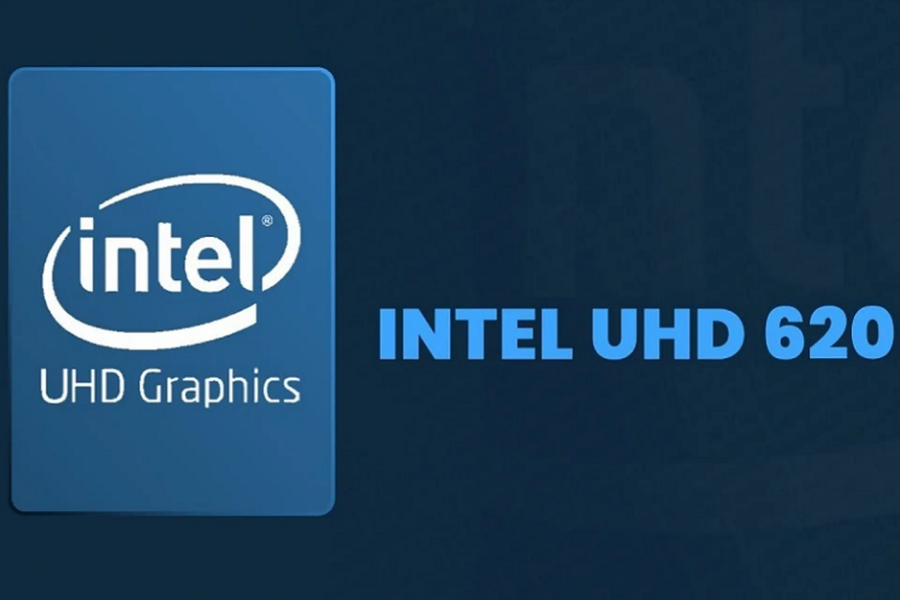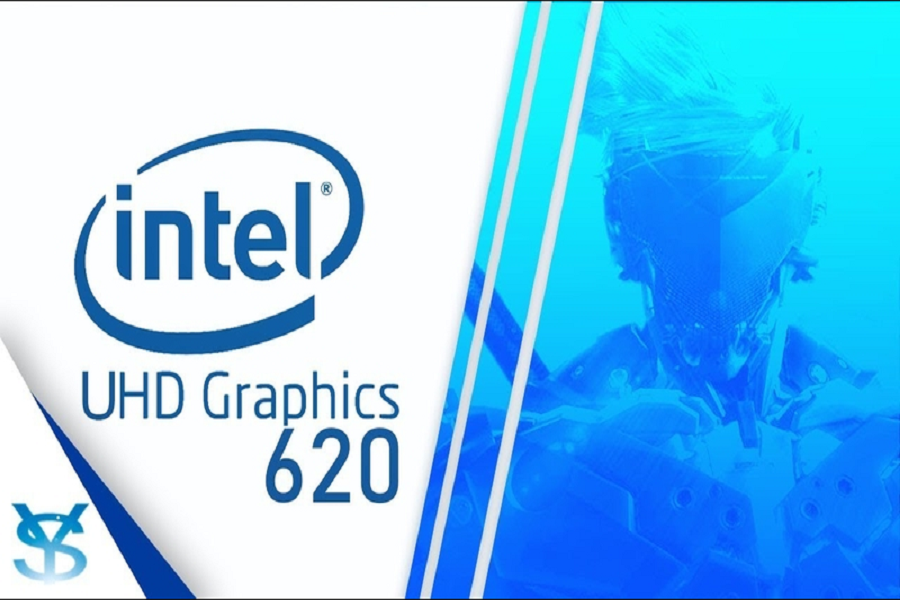The Intel UHD Graphics 620 is a fundamental integrated graphics solution that plays a critical role in everyday computing tasks, including photo editing. Designed specifically for Intel’s mobile processors, it serves as a vital component for lightweight laptops and ultrabooks. The architecture of the UHD Graphics 620 includes 24 Execution Units (EUs), which allow for improved performance in scenarios that require graphical processing. This makes it a suitable option for users who engage in basic creative software applications without the need for extensive graphical power.
Introduction to Intel UHD Graphics 620
In terms of hardware specifications, the Intel uhd graphics 620 photo editing with a base clock frequency of 300 MHz, which can be boosted up to 1.15 GHz. Such clock speeds enable the integrated graphics to handle multiple tasks, from rendering high-resolution images to facilitating smooth video playback. Performance benchmarks reveal that while the UHD Graphics 620 may not rival discrete graphics cards in raw horsepower, it still provides adequate performance for tasks involving photo editing and basic 3D rendering. Users engaged in standard editing tasks can benefit from the graphics processor’s ability to handle creative suites like Adobe Photoshop and Lightroom, making it a practical choice for casual users.
When compared to other integrated graphics solutions, the UHD 620 often holds its ground against competitors from different manufacturers, though it can be somewhat limited when tested against higher-end discrete graphics. For casual photo editing tasks, the Intel UHD Graphics 620 offers a reasonable balance of performance and efficiency, making it a reliable option for users who prioritize portability without sacrificing essential graphical capabilities. Its role in facilitating an enjoyable photo editing experience cannot be overstated, as it enables users to execute standard operations with ease and efficiency.
Photo Editing Performance Analysis
The Intel UHD Graphics 620 is an integrated graphics solution that offers a range of capabilities tailored for photo editing tasks. When utilized in applications such as Adobe Photoshop, Lightroom, and GIMP, this graphics card demonstrates a commendable performance, particularly when it comes to basic editing and processing tasks. Users engage in photo editing activities often navigate through multiple layers, employ various filters, and manipulate high-resolution images. In these scenarios, the Intel UHD Graphics 620 provides adequate support by accelerating image rendering and processing tasks, thereby allowing for a smoother editing experience.

In Adobe Photoshop, the performance of the Intel UHD Graphics 620 is notably efficient for standard operations like cropping, color adjustment, and applying simple effects. The graphics card allows users to open and edit files with resolutions up to 4K, although it tends to face challenges when multiple effects or layers are applied simultaneously, leading to longer rendering times. Similarly, in Lightroom, while batch processing and adjustments are manageable, extensive edits on very high-resolution images may lead to lag, potentially hindering workflow efficiency.
GIMP showcases solid functionality with the Intel UHD Graphics 620, as users can execute fundamental photo manipulation tasks without significant hiccups. However, it is essential to acknowledge certain limitations; the integrated graphics might struggle with extremely large files, and multitasking with other demanding software could further diminish performance. Those utilizing multiple applications concurrently may notice diminished responsiveness due to the finite memory bandwidth of the Intel UHD Graphics 620. While this graphics solution supports a decent photo editing experience for enthusiasts and casual users, professionals dealing with intricate edits and high-volume files may want to consider dedicated graphics options for optimal performance.
Related Articles: Best 4k monitor for photo editing
Best Practices for Optimization
To maximize the photo editing experience with Intel UHD Graphics 620, it is essential to implement effective optimization strategies that enhance overall performance. The first step involves fine-tuning software settings to suit the capabilities of the Intel UHD Graphics 620. Many popular photo editing applications allow users to customize hardware acceleration options. By enabling GPU acceleration, users can take full advantage of the integrated graphics processing power, significantly improving rendering times and responsiveness during editing tasks.
Another important consideration is display configuration. To achieve the highest level of color accuracy, users should ensure that their monitor’s settings are calibrated correctly. This includes adjusting brightness, contrast, and color profiles to match the editing software’s requirements. Utilizing tools like color calibration devices can provide a more precise calibration, which is crucial for tasks that demand accurate color representation.
Additionally, managing system resources can have a noteworthy impact on performance. Closing unnecessary applications running in the background can free up valuable CPU and RAM resources, allowing the editing software to function more effectively. For users looking to undertake more intensive editing projects, increasing system RAM can provide a noticeable performance boost. Similarly, transitioning from a traditional hard drive to a Solid State Drive (SSD) can lead to faster file access times and overall improved system responsiveness.
Lastly, users may encounter common issues during their editing process, such as slow rendering or system crashes. It is advisable to check for the latest drivers for the Intel UHD Graphics 620 regularly, as manufacturers often provide updates that enhance performance and stability. Familiarizing oneself with troubleshooting procedures can also prepare users to address these issues promptly, ensuring a smoother photo editing experience.

